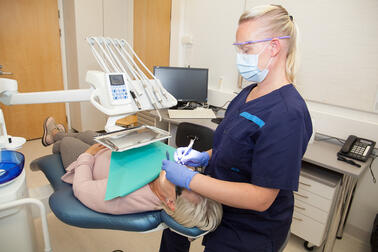The state of emergency caused by the coronavirus pandemic affected the customer numbers, performances and costs of services for the elderly in the six largest cities in Finland. During the corona pandemic, some services had to be expanded and new services introduced, such as various remote services and, for example, shopping services.
With regard to services for the elderly, there were closures caused by the corona pandemic in day centres and service centres and significant reductions in day activities and short-term care. The longer-term effects of the corona pandemic on services for the elderly are difficult to assess. For example, the delayed service deficit and its cost impacts resulting from the closure of certain services are difficult to anticipate. In terms of the organisation of services for the elderly, the most notable permanent result of the coronavirus pandemic is the increased use of remote connections and digital services, which will continue to be used.
The service structure for the elderly reflects the desired change to reduce the share of institutional care. Since 2016, the coverage of those over 75 years of age in long-term institutional care has decreased by 0.9 percentage points. The coverage of enhanced service housing has increased at the level of six cities by 0.2 percentage points. compared to 2016. By municipality, coverage has increased in some municipalities and has decreased in some.
The costs of the services were compared with previous years
The total cost of social and health care services for customers aged 75-years-old and above in the six largest cities was just over EUR 1.5 billion in 2020. The total monetary cost increased in 2020 by 0.5 per cent at the level of the six cities compared to the previous year. By contrast, the deflated costs of people 75-years-old and above in relation to the population have decreased by 4.7 per cent from the previous year and by 6.9 per cent from 2016.
The results are presented in the Kuusikko working group’s publication, which compares the use of social and health care services by the elderly population of the six largest cities last year.
The services covered in the report include home care, part-time care, support for informal care, moderate and enhanced assisted living, nursing homes, outpatient primary health care and hospital care in health centres, home hospital, and somatic and psychiatric specialist care.
Read more:
Kuuden suurimman kaupungin vanhusten palvelut ja kustannukset vuonna 2020 (In Finnish)
Kuusikko working group(Link leads to external service) (In Finnish)
Statistics and research data on Helsinki
Image: Sakari Röyskö, City of Helsinki Media Bank


